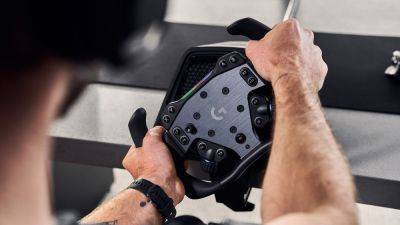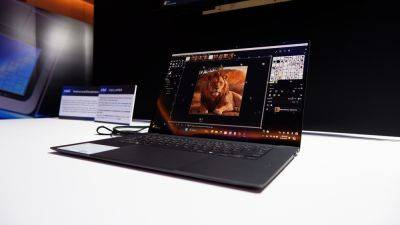Intel says it's built 'the most efficient x86 processor ever' in Lunar Lake and its power savings are headed for desktop soon
Intel has been playing its cards close to its chest when it comes to the battery life on its latest generation of mobile processors, Lunar Lake. Perhaps it's because Qualcomm had come out with a new ARM-based processor lineup promising big battery life right around the time of Intel's reveal, or maybe—no, that's probably it. Thankfully, at the Lunar Lake launch event, the company finally offered its own estimations for how long Lunar Lake will last away from the outlet.
According to Intel's own figures, Lunar Lake will nail around 14 hours of battery life in UL's Procyon Office Productivity test. Compare that to around 10 on AMD's latest Ryzen AI 9 HX 370 and 9.5 on Qualcomm's X1E-78-100, both inside laptops with similar specs and battery capacities (70-78 Whr), and Intel appears to be onto a winner.
That battery life will, of course, vary, depending on which applications you use. Intel will have been sure to pick some favourable benchmarks for battery to show off here, too.Qualcomm has boasted double digit battery life sometimes and AMD has a decent track record in the battery department, for the record.
Intel published another slide claiming over 20 hours of battery life from the Core Ultra 7 268V, though the unspecified «OEM machine» it used to compare with Qualcomm, at 18.4 hours, is wrapped in a little more mystery. For one both Intel and Qualcomm systems had smaller batteries than those noted above, and yet much longer battery life.
Intel is claiming that its new Lion Cove and Skymont core architectures (P- and E-core, respectively) are built with power-saving in mind. For one, these Lunar Lake chips ditch Hyper-Threading altogether to save transistors, and therefore power.
This battery life claim did at least offer a sneaky opportunity for Intel's Robert Hallock to reiterate a point he's made a few times before: «It's not the instruction set that determines the efficiency.»
That's aimed more at ARM-based processors than its competitor's x86 chips. Intel has







